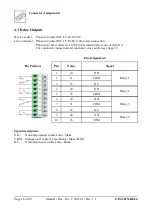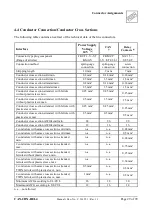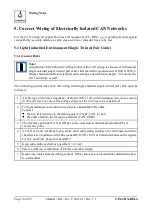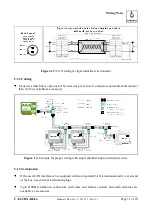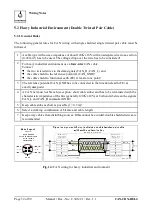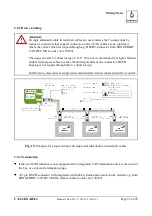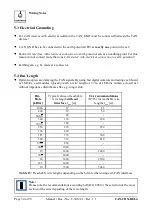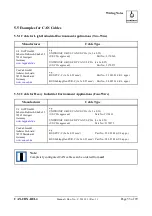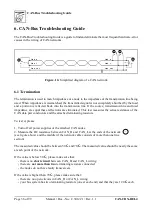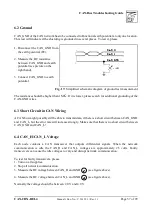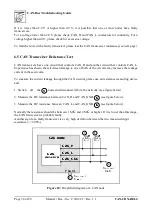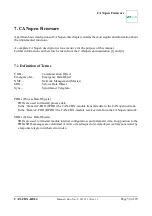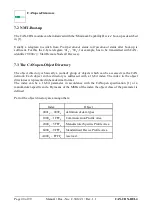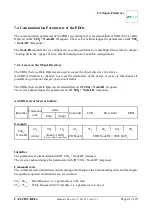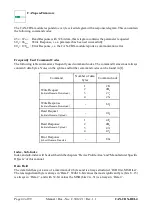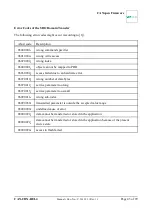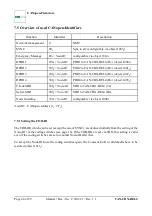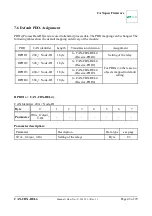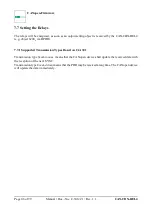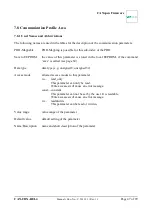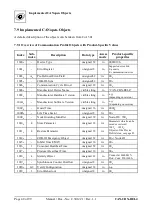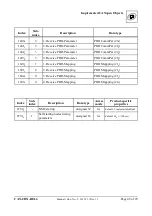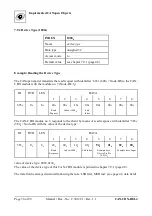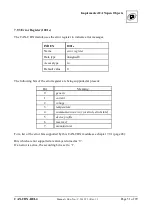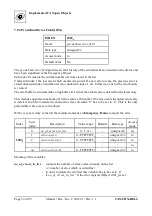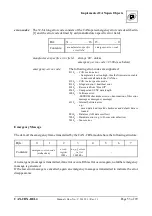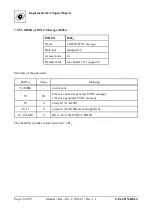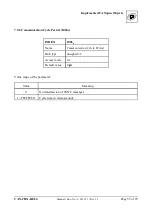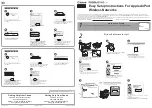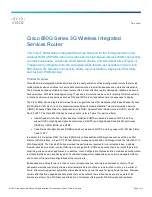
CANopen Firmware
CAN-CBX-REL4
Manual • Doc.-No.: C.3012.21 / Rev. 1.1
Page 41 of 99
7.4 Communication Parameters of the PDOs
The communication parameters of the PDOs (according to [1]) are transmitted as SDO (Service Data
Objects) on ID ‘600
h
+ Node-ID’ (Request). The receiver acknowledges the parameters on ID ‘580
h
+ Node-ID’ (Response).
The Node-ID (module No.) is configured via coding switches Low and High. Please refer to chapter
“Coding Switches” (page 18) for a detailed description of possible configurations.
7.4.1 Access on the Object Directory
The SDOs (Service Data Objects) are used to access the object directory of a device.
An SDO is therefore a ‘channel’ to access the parameters of the device. Access via this channel is
possible in operational and pre-operational status.
The SDOs (Service Data Objects) are transmitted on ID ‘600
h
+ Node-ID’ (request).
The server acknowledges the parameters on ID ‘580
h
+ Node-ID’ (response).
An SDO is structured as follows:
Identifier
Command
code
Index
Sub-index
LSB
Data field
MSB
(low)
(high)
Example:
600
h
+
Node-ID
23
h
00
h
14
h
01
h
7F
h
04
h
00
h
00
h
(write)
(Index=1400
h
)
(Receive-PDO-Comm-Para)
(COB-def.)
COB Node ID = 0000 047F
h
Identifier
The parameters are transmitted with ID ‘600
h
+ NodeID’ (request).
The receiver acknowledges the parameters with ID ‘580
h
+ NodeID’ (response).
Command code
The command code transmitted consists among other things of the Command Specifier and the length.
Frequently required combinations are, for instance:
40
h
= 64
dec
:
Read Request, i.e. a parameter is to be read
23
h
= 35
dec
:
Write Request with 32-bit data, i.e. a parameter is to be set


